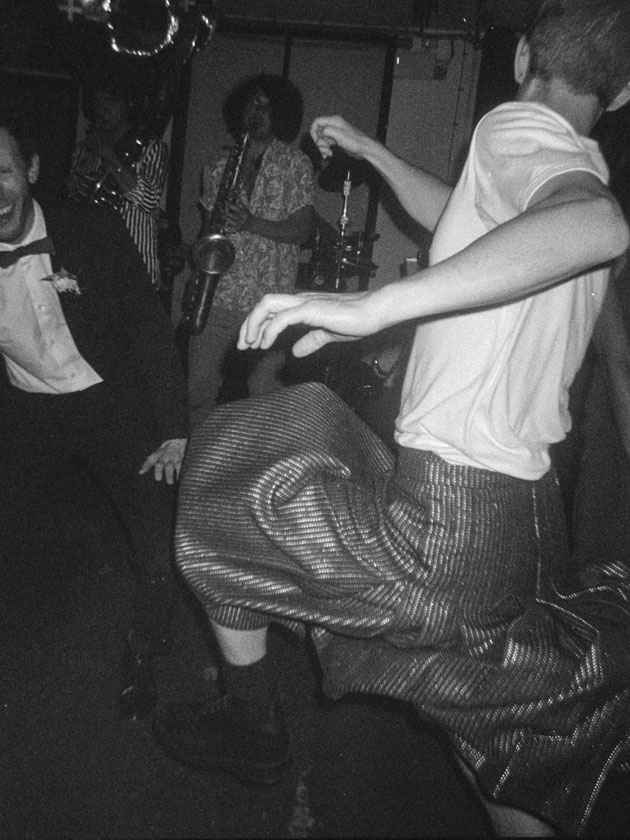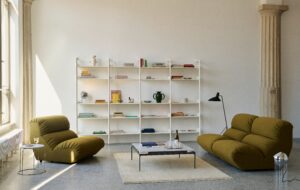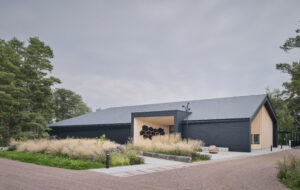 Photo by Peter Bloxham
Photo by Peter Bloxham
Phineas Harper describes himself as a ‘kind of agitator’. The London-based deputy director of the Architecture Foundation and chief curator of the Oslo Architecture Triennale frequently kicks against orthodoxy in his work. It is interesting, then, that his decision to start wearing a skirt, principally in opposition to accepted patriarchal notions of male and female modes of dress, initially came about because Harper, a proud refusenik, was persuaded to do it.
‘I think men should wear skirts,’ he chuckles. ‘My sister has been arguing this for years and eventually persuaded me that my behaviours were not really my own, they were just a product of being programmed from birth to behave in a stereotypically male way when it came to fashion. She told me that if I wanted to be a bit more serious and self-critical about what I wore, then I should consider wearing skirts.’
Two years on, Harper now has six skirts in his wardrobe. One particular garment, a red, long-pleated number in contemporary tweed with reflective fibres running through it, takes pride of place. It was made by his sister and he wears it to dress up. ‘It’s very precious and extraordinary to dance in, because it sort of swirls around,’ he says. ‘If anyone takes a flash photograph of me wearing it, it bounces all that light back at them.’
The skirt’s fabric was sourced, woven and tailored locally, adding to its preciousness. Although this means it is a fairly costly item, Harper believes that spending money on high-quality garments that will last longer means that we can move towards a much more ethical relationship with what we wear.
Harper’s decision to wear a skirt is a reflection of his belief that men should take a more open-minded view of gender norms ascribed to them. He also feels men are missing out on a lot of fun. ‘Skirts are so much more performative than the sterile male clothes that we’re raised to like,’ he says. ‘They dance with you at a party, whereas skinny jeans don’t really do anything.’
















